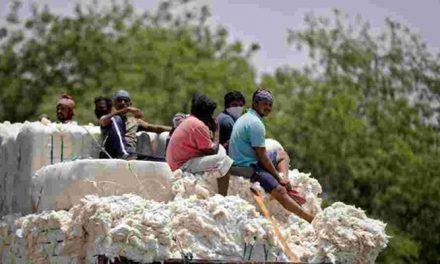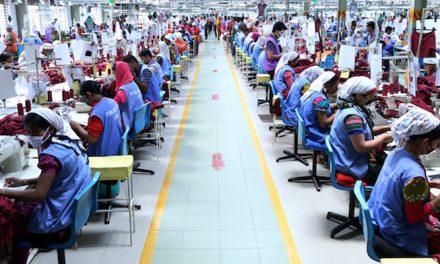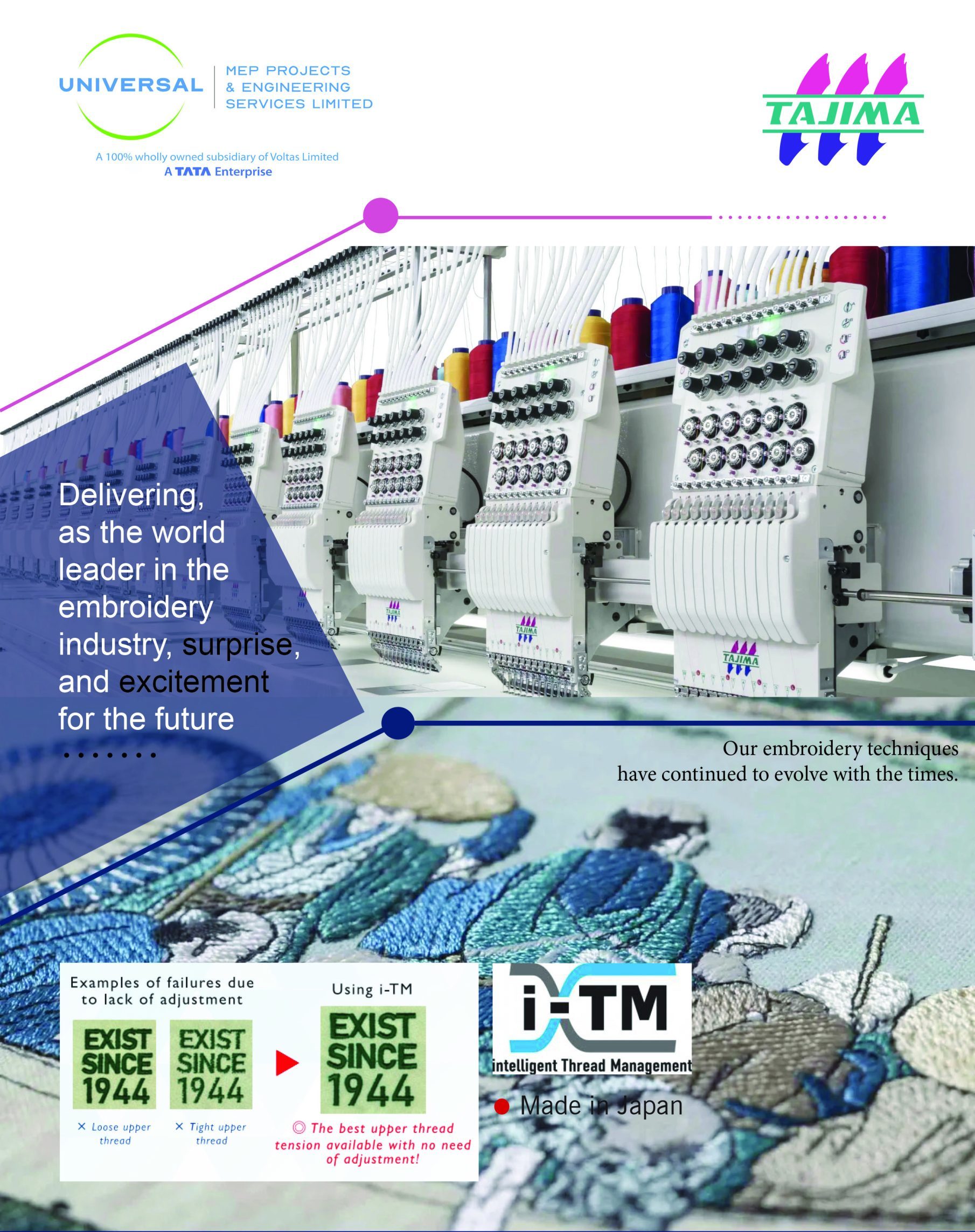
Nigeria’s population is 50.8 million larger than Bangladesh’s. Both countries are poor and blessed with mineral resources and exportable cash crops – cotton. While Bangladesh has been able to harness its cotton potential and emerged as a significant player in the global garment industry, securing its position as the second-largest garment exporter worldwide, Africa’s most populous country still struggles with its textile mills and cotton production.
The South Asian country leveraged textile manufacturing to propel export-led economic development while transitioning subsequently to developed service. Bangladesh’s garment industry roots can be traced back to the 1970s, a period when the country was grappling with the aftermath of its Liberation War and the challenges of establishing a stable economy.
In the early stages, the industry was primarily focused on meeting domestic demand, with limited international exposure. However, a series of economic reforms and strategic decisions paved the way for Bangladesh to enter the global textile market. The economic reforms initiated in the 1980s played a pivotal role in shaping Bangladesh’s garment industry.
Recognising the sector’s potential, the government implemented policies aimed at attracting foreign investment and fostering a conducive business environment. Incentives such as tax breaks, the duty-free import of machinery, and streamlined export procedures helped create a favourable climate for the growth of the garment industry.
Today, the sector is worth $55 billion annually, a major contributor to its gross domestic product and a major source of employment and income for millions.Bangladesh has over 7,000 garment factories, employing about 20 million people, mostly women, according to data estimates from the World Bank.
There were things Bangladesh did right. The South Asian country de-emphasisised the primary product—cotton— and paid attention to the entire textile manufacturing value chain. The raw material for yarn is cotton, but according to an SNV report done by the Kingdom of the Netherlands, in Bangladesh, only five percent of cotton needs are met by local production, and the rest are imported.
For knit products, 80 percent of the yarn requirements are met by domestic suppliers owing to Bangladesh’s competitiveness in its production. However, only 20 percent of the woven requirements for the garment sector are catered by local firms.
The country’s parliament passed a bill specifying the level of quality that all export firms must meet to surpass China as the number one in competitiveness. Hence emphasis was laid on competitiveness, with the government providing market access for companies through trade negotiations targeted at removing international barriers.
More so, some Bangladesh citizens were sent to China and Europe to acquire the skills needed to run the mills. Again, the country paid closer attention to the use of modern technology to lower costs and save the environment. Big brands such as Walmart, H&M, Benetton, Gap and Zara were lured into distributing Bangladeshi ready-made garments. Another key factor in Bangladesh is cheap labour with the minimum monthly wage of a garment worker at $197, which makes it the last but one lowest wage among 21 textile-making countries in the world.
The country’s remarkable journey from economic struggles to becoming a key player in the textile and apparel sector is a testament to its resilience and a compelling model for Nigeria and others aspiring to drive economic growth.
















